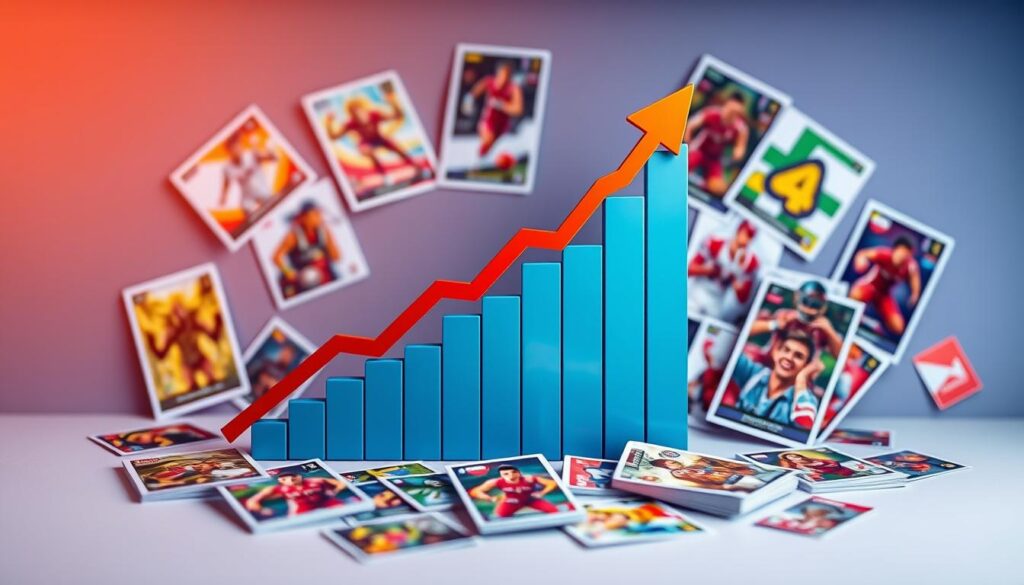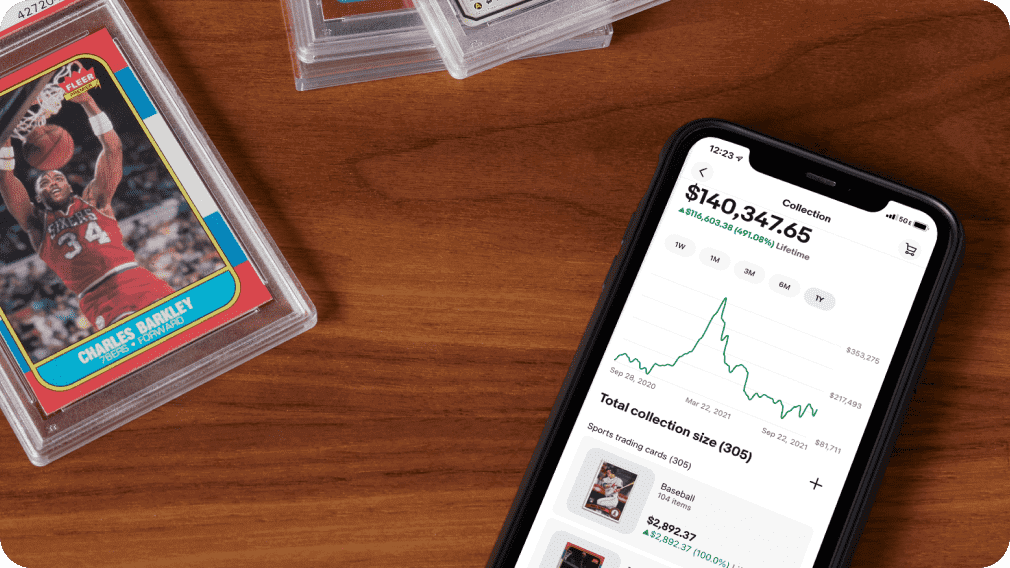
The world of collecting has always been driven by a passion for discovery, an appreciation for history, and the thrill of the hunt. From baseball cards and comic books to rare antiques and pop culture memorabilia, collectors have long relied on personal networks, flea markets, and auction houses to find their treasures. But over the past few decades, a seismic shift has occurred in how people collect, buy, and sell. This change can be summed up in one word: the internet.
The internet revolution in collecting has transformed a once-localized hobby into a global phenomenon. No longer are collectors confined to their geographic regions; they now have access to a world of opportunities through platforms like eBay, Etsy, and niche digital marketplaces. In this blog post, we’ll explore how the internet has reshaped the accessibility, pricing, and overall dynamics of collecting, turning it into a thriving, borderless ecosystem.
The Pre-Internet Era of Collecting
Before the internet revolution in collecting, the process of finding rare or valuable items was often painstakingly slow and highly localized. Collectors relied on:
- Flea Markets and Garage Sales: These were the go-to venues for hidden gems. Items were often underpriced because sellers didn’t fully understand their value.
- Brick-and-Mortar Stores: Specialty shops catered to niche markets, such as comic book stores or antique dealers. While these stores provided expertise, their inventory was limited by geography.
- Collector Networks and Clubs: Enthusiasts joined collector societies or clubs to trade and share knowledge. Networking was a crucial tool for expanding one’s collection.
- Auctions: Traditional auction houses offered a platform for high-end collectibles, but these events were often inaccessible to casual collectors due to location or cost.
While these methods had their charm, they came with significant drawbacks: limited reach, inconsistent pricing, and a reliance on luck or word-of-mouth. The advent of the internet changed everything.
The eBay Revolution: A Marketplace for the Masses
When eBay launched in 1995, it heralded the dawn of the internet revolution in collecting. For the first time, collectors had a centralized platform to buy and sell items globally.

What eBay Brought to Collectors:
- Global Accessibility: Suddenly, a comic book in Tokyo could find a buyer in New York, and a rare coin in Berlin could be sold to a collector in Sydney. The barriers of geography were dismantled.
- Dynamic Pricing: eBay’s auction model allowed the market to determine the value of an item. This transparency was a game-changer for collectors who previously relied on appraisals or guesswork.
- Diverse Inventory: eBay catered to all niches, from vintage toys and sports memorabilia to rare stamps and designer fashion. It became a one-stop shop for collectors of all interests.
- Trust and Verification: While early eBay faced trust issues, the introduction of feedback systems and buyer protection policies established a sense of security for transactions.
The platform’s impact was profound. Collectors no longer had to rely on chance encounters at flea markets or the limited inventory of local stores. The entire world became a potential marketplace.
The Rise of Niche Digital Marketplaces
As the internet revolution in collecting evolved, so did the platforms. While eBay remained a dominant player, specialized marketplaces began to emerge, catering to specific types of collectibles.
Popular Niche Platforms:
- StockX: A platform for sneakerheads and streetwear enthusiasts, StockX provides a stock-market-like interface for buying and selling.
- Heritage Auctions: This site focuses on high-end collectibles, including rare coins, comic books, and historical artifacts.
- Discogs: A haven for vinyl record collectors, Discogs allows users to buy, sell, and catalog their collections.
- TCGplayer: Dedicated to trading card games like Magic: The Gathering and Pokémon, TCGplayer has become an essential tool for card collectors.
These platforms cater to specific audiences, offering features tailored to their needs, such as advanced search filters, condition grading, and even authentication services.
The Role of Social Media in Modern Collecting
Another key aspect of the internet revolution in collecting is the role of social media. Platforms like Instagram, Facebook, and TikTok have become vital tools for collectors to showcase their collections, discover trends, and connect with others.
How Social Media Supports Collecting:
- Community Building: Hashtags like #Collectibles or #CardCollectors create online communities where enthusiasts can interact and share knowledge.
- Marketplaces: Facebook Marketplace and Instagram Shops have become popular venues for buying and selling items.
- Influencer Impact: Social media influencers have brought attention to niche collectibles, driving demand and shaping trends.
For example, a viral TikTok video about a specific trading card can cause its value to skyrocket overnight. Social media has amplified the speed at which trends emerge and evolve in the collecting world.
Digital Authentication and Blockchain Technology
One of the challenges of collecting has always been verifying the authenticity of items. The internet revolution in collecting has brought innovative solutions, such as digital authentication and blockchain technology.

Key Developments:
- Digital Certificates of Authenticity: Platforms like PSA and Beckett now offer digital grading reports that collectors can access online.
- Blockchain and NFTs: Non-fungible tokens (NFTs) have introduced a new era of digital collecting, where ownership is verified through blockchain technology.
- AI-Powered Tools: Advanced algorithms can now detect counterfeits by analyzing details that even trained eyes might miss.
These technologies provide collectors with greater confidence and transparency, further legitimizing the online marketplace.
The Impact on Prices and Market Dynamics
The internet revolution in collecting has significantly impacted pricing and market dynamics in several ways:
- Price Standardization: Online marketplaces provide historical sales data, helping collectors determine fair prices.
- Market Saturation: The accessibility of online platforms has flooded the market with items, sometimes driving down prices for common collectibles.
- Increased Competition: Global access means more buyers vying for rare items, driving up prices for high-demand collectibles.
While these changes have benefits, they also present challenges, such as the risk of overvaluation during hype cycles.
Challenges of the Internet Age
While the internet revolution in collecting has brought numerous advantages, it has also introduced challenges:
- Scams and Counterfeits: Despite improved verification tools, counterfeit items remain a problem in online marketplaces.
- Loss of Serendipity: The thrill of stumbling upon a rare item in a flea market has been partially replaced by algorithmic recommendations.
- Over-Reliance on Technology: Collectors must now navigate complex platforms and stay updated on digital trends to remain competitive.
In Conclusion, the internet revolution in collecting has transformed a hobby once rooted in local communities into a global phenomenon. From eBay’s early days to the rise of niche marketplaces and blockchain technology, the internet has made collecting more accessible, transparent, and dynamic than ever before.
However, while the digital age has brought new opportunities, it’s important to balance modern tools with the timeless joy of discovery and personal connection that collecting embodies. For today’s collectors, the world is quite literally at their fingertips—a revolution that continues to shape the future of this age-old passion.